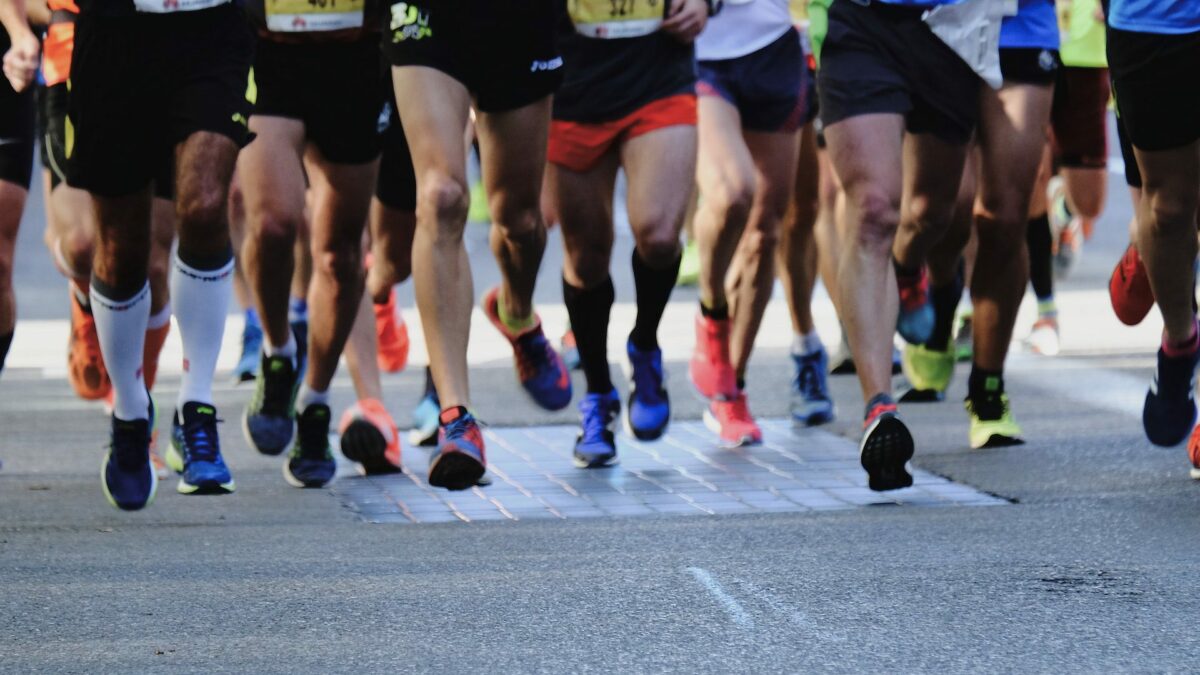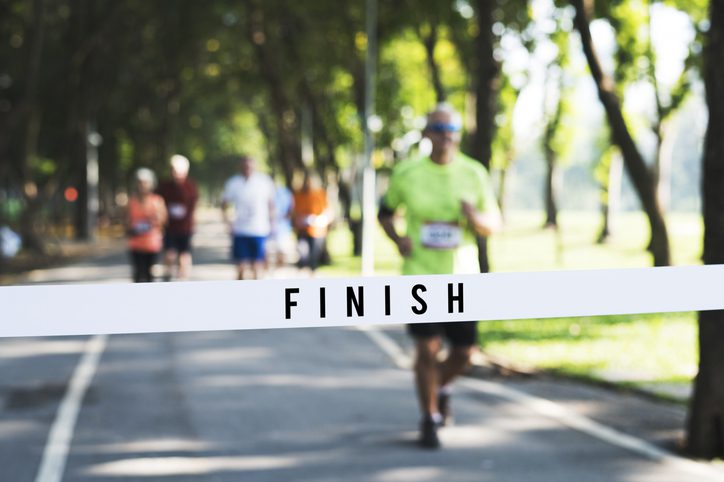Try the 10/10/10 marathon method for perfect pacing
Smash that marathon PB using this tried and tested pacing strategy
 Photo by:
Unsplash/miguel-a-amutio
Photo by:
Unsplash/miguel-a-amutio
Even if you nailed your final training block, have your super shoes ready to roll, and have timed your gel consumption perfectly, pacing mistakes can leave you struggling on the final stretch of a marathon. Enter the 10/10/10 strategy, a method of pacing that divides the race into three parts: the first 10 miles, the second 10 miles, and the final 10K.
Elisabeth Scott, a Connecticut-based running coach and host of the Running Explained podcast, uses the technique with the athletes she coaches. “Your goal is to make it to the final 10K with enough left in the tank to finish strong,” Smart says.
Miles 1-10 (kilometres 1-16)
In the early stages of the race, your goal is to stay conservative. You’ll aim to start slower than your race pace—Scott suggests aiming for 10-20 seconds per km slower than goal pace (15-30 seconds per mile). Scott advises against trying to “bank” time for the latter part of the race, something she says is almost guaranteed to backfire.
“One reason people start out too fast is because they feel really good at the beginning,” Scott says. During the early stages in a race, you should feel good—Scott says that this is why you need to use caution and self-control: “You can’t PR in the first third of the race, but you can set yourself up for failure by going out too hot at the beginning.”
Aim for an even effort if the course you are running on has elevation gain and loss—this might mean slowing down while going uphill and going faster on the downhills. On flat sections, target those even splits, even as the effort required to maintain that pace increases.

Miles 11-20 (kilometres 17-32)
“Your goal during the middle third is consistency and patience,” Scott says. It will feel increasingly hard to hold the same pace and effort level as your legs accumulate fatigue, and this is when your training and preparation pay off. “A lot can change in the middle third,” says Scott. Pay attention to any issues cropping up, even if they feel tiny—if you’re thirsty, plan to drink at the next aid station; if you’re feeling pain or discomfort, slow down slightly to assess what is happening.

Miles 21-26.2 (kilometres 32-42.2)
You may have heard people say the marathon is a 20-mile warmup and a 10K race. “You’ve made it to the end game,” says Scott. “From here until the finish line, your goal is to see how much, if anything, you have left to push.”
This is the time to pull out tools like positive self-talk or visualization—whatever keeps those legs moving. Imagine yourself celebrating at the finish line, or try focusing on short-term goals like reaching the next mile marker or aid station. “It will hurt,” says Smart. “It will be hard. But you can do it!”

